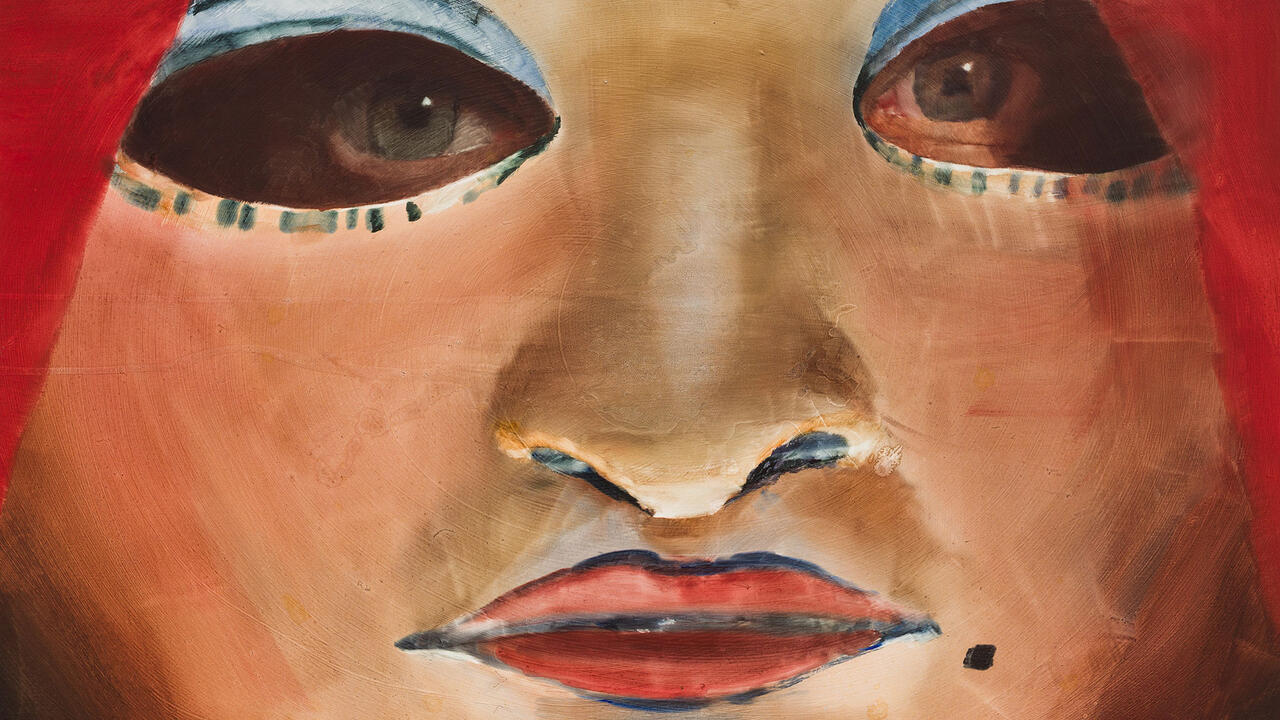Jochen Schmith
Galerie Esther Donatz
Galerie Esther Donatz

In the international art market, the figure of the art collector has an ambivalent significance: one that oscillates between the benevolent patron and the ruthlessly calculating business person. This figure’s expenditure is the subject of Cigar Ends – Collectors’ Waste, a work from 2010 by the artist collective Jochen Schmith (Carola Wagenplast, Peter Hoppe, and Peter Steckroth). For this work Jochen Schmith spent some time trailing collectors at art fairs, finding a way into VIP areas. They collected the remnants of smoked cigars which they cast in bronze. In the exhibition at Galerie Esther Donatz entitled ikke kompetanse (No Competence), these cigar stubs lie arranged in almost typological order in an intricate, custom-made box of synthetic, beige snakeskin. Jochen Schmith recycles and valorizes the status symbol trash of the art world, and throws it back onto the same market as artistic production.
Linking questions about economics of the art market with representations of the commodities that cycle within it is typical of the collective’s methods. An expensive brown fabric of silk and cashmere that hung over an antique-looking statue of a clothed female form at an exhibition in the Kunstverein Braunschweig in 2010 appears in Munich as part of the site-specific installation Untitled (2013). The fabric becomes a canvas of sorts for large embroidered blots of colour – specifically for a motif that derives from a men’s trouser print by Dolce & Gabbana. While the allegedly authentic spots of colour on the expensive pants are meant to romanticize the alluringly bohemian style that’s commonly ascribed to painters, the collective undercuts this myth by transferring the pattern back into an art context. By confronting these fantasies with existing sites of display (the gallery), daydreams of a life outside today’s economized world vanish.
A loudspeaker for the audio installation A-Club (2006) hangs on the wall between these works. We hear the female voice of an amateur interpreter translating a text into English, fairly fluidly and seemingly in real time. The text is the transcript of a consultation the collective had at an Employment Bureau but the voice only translates the agency official’s side of the conversation. The official tries to advise future art school graduate Jochen Schmith on the path to a working life, but her efforts are laboured and amusingly unsuccessful. While the collective is the scene’s director, it still finds itself in the agency’s claws. The official, who can’t find any job description within her standardized employment tables that matches the artists’ qualifications, forecloses their receiving benefits from the bureau – or rather, ‘services’ from the ‘agency’ – contrary to the collective’s wishes.
While the consultation might be un‑successful in landing the collective jobs, it’s no less striking as an illustration of how such agents of work displace responsibility back onto the job-seeker and thus maintain a system of economic insecurity. Frustration, hope, and inferiority complexes are the currency of these circumstances. In the audio work, however, the situation in the government office takes a bittersweet turn. It’s the charming amateur interpreter – and by that, the official, too – who ultimately wins our affections. This casual and almost humorous approach is characteristic of nearly all of Jochen Schmith’s works from the past eight years. With great precision and without moral entreaties, these market-reflexive and institutionally critical works hold the elementary processes of value production up for inquiry.
Translated by Jesse Coburn














